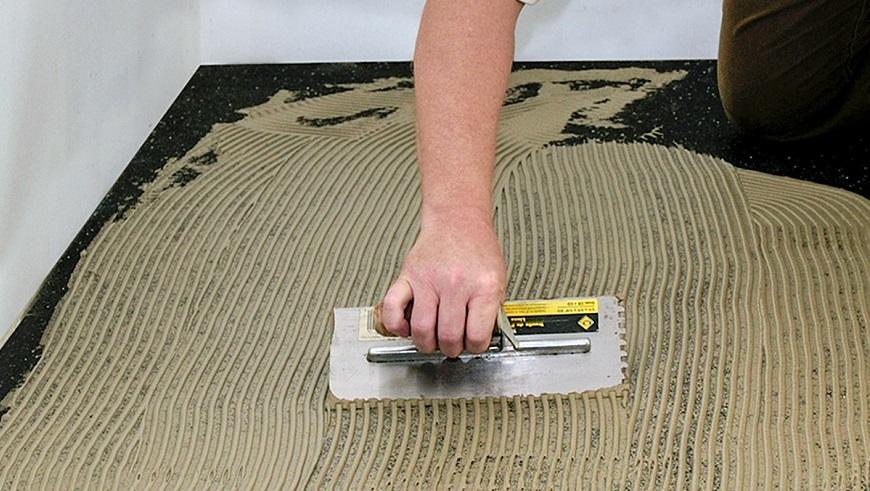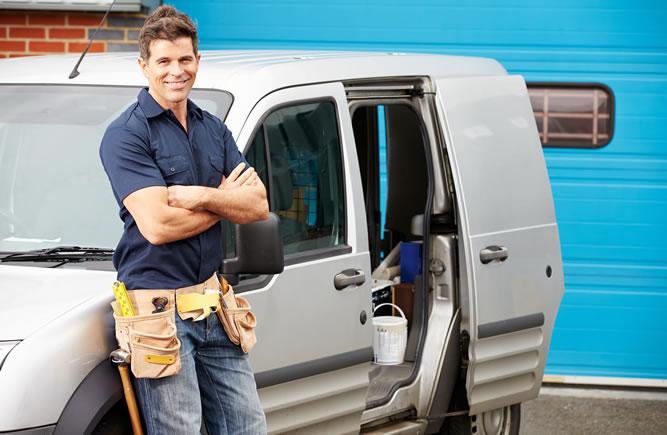Cost of Soundproofing Floor
Last updated 14th May, 2025
Need some quiet? Want to know the cost of soundproofing floors?
This article delves into the world of sound proofing. If you've found yourself in need of a quiet space then maybe floor soundproofing is the way to go. Here we break down the costs involved from the supply costs, labour fees, timeframes and more!
Quiet, while we begin!

Table of Contents
How Much is Soundproofing Floors in the UK?
The cost of soundproofing floors will depend on which method of soundproofing you choose.
On average, you should expect to pay between £400 and £1,000, with higher prices for premium soundproofing options.
Insulating with SBx boards is the most costly option at around £700 a room, while sound proofing below existing flooring costs around £400 in materials.
Installing isosonic mats underneath laminate flooring will cost £200 to £300 for a medium-sized room.
Since the best floor soundproofing methods involve removing floor coverings and sometimes the floorboards themselves, it makes sense to consider soundproofing when getting a new carpet or laminate flooring.
You are already paying for the labour so the soundproofing costs will essentially be limited to just the additional cost of the materials.
Soundproof Between Flooring Prices
Below are some estimated costs of a specialist to fit soundproof flooring:
| Type of Soundproofing | Avg. Cost | Duration |
|---|---|---|
| SBx boards underneath flooring | £900-£1000 | 1-2 days |
| Soundproofing below floor boards | £550-£600 | 1-2 days |
| Isosonic mats underneath laminate flooring | £400-£500 | 1-2 days |
Soundproof Flooring Cost Breakdown Calculator
Individual costs of supplying & fitting SBx boards to soundproof your flooring - Total Cost: £1000
Materials
£750
Tradesmen
£250
Waste Removal
£0
Labour Cost to Soundproof a Floor
The main cost to consider when you’re soundproofing floors is the labour.
The work is not complex but it can be time-consuming, especially if you're pulling up the floorboards. Hiring a professional contractor will greatly increase the cost of the project, but at least you know that the job will be completed quickly and efficiently.
A soundproof flooring specialist will usually charge around £150 to £200 per day depending on location.
If you live in London or the South East, labour costs will be at the higher end of the range.
How Long Will Soundproofing Take?
Whatever method of soundproofing you decide to use, the labour time will ultimately depend on how many rooms are being soundproofed.
The overall labour will often take around 1 to 2 days.
What Are the Different Methods of Soundproofing Floors?
The most common floor soundproofing options used in the UK are SBx boards, under-floorboard soundproofing and Isosonic mats.
These methods come with different price tags.
SBx Boards Cost
SBx Boards help to block both airborne and impact noise while improving the acoustics of a room.
Also known as "composite soundproofing boards", SBx boards are designed to be installed either above or below existing flooring to reduce noise.
The quickest and easiest method to soundproof a floor is to simply add insulation on top without lifting your floorboards, then add a new layer of flooring above.
However, doing it this way will mean the level of your floor will rise as a result, and that may have knock-on effects on the way you move around your home.
The other way of soundproofing floors with SBx boards is to remove the existing flooring and lay them on the subfloor. Once fitted, they can be covered with floor tiles, carpet or laminate.
To soundproof an average room (4m x 4m) using SBx Boards would cost around £700 plus labour costs.
Under-Floorboard Soundproofing Cost
Soundproofing below the existing floorboards is a bit cheaper in terms of material costs (say around £400 for the same size room) but will obviously involve more work.
Despite the extra work involved, it can still be worth the extra time and effort as under-floor soundproofing using an acoustic membrane and mineral wool can be very effective at reducing airborne sounds.
If maximum floor soundproofing is required, you can use both under-floorboard and composite soundproofing boards together to further improve noise reduction.
Isosonic Mat Cost
Laminate flooring has become really popular in the UK thanks to its affordability and look. Modern laminate products look more convincing than ever but they leave much to be desired in terms of soundproofing.
To reduce noise levels with laminate products you need to put some form of rubber matting down, such as the Isosonic mat which is a cost-effective option designed to be used underneath laminate floors.
Made from recycled rubber, these Isosonic mats are dense and easy to cut. They increase soundproofing to acceptable levels for very little cost, at around £200 to £300 per room.
Benefits of Soundproofing Floors
Floor sound proofing has several benefits for your home including:
- Reduce impact noises such as walking footsteps or dropped items.
- Blocks airborne noises like voices or the television from travelling.
- Increases privacy in quiet spaces such as nurseries or bedrooms.
- Allows rooms to be more effectively used for specialised purposes such as a home office or gym.
- Improves the value of the home as buyers appreciate soundproofing efforts.
- Brings an older property into line with modern soundproofing standards for new builds.
Often, the cost of soundproofing a room will pay for itself in multiple ways, especially in a busy home or if you live in a flat.
Other Ways to Soundproof Your Home
The best method to improve the noise insulation in your home will depend on the exact situation; although one-size-fits-all noise solutions are advertised they are nearly always inadequate and soundproofing the floors will not be the best solution in all situations.
Properties and situations are often unique so the best soundproofing method will depend on the nature of the building infrastructure and the source of the noise. As a general rule however, if the noise is from an external source, then the weak point for sound transmission into a building is most often the windows.
Standard double (or even better triple glazing) will help but in areas of high noise then acoustic absorbent material on the perimeter reveal around the window gap may be required, along with double glazing units with a sizeable gap between the glass panes of up to 100mm to further reduce outside noise.
If these solutions do not provide sufficient noise reduction, then external line-of-sight barriers between the property and the noise source (i.e. a busy main road) should be considered, if approved by the local authority.










